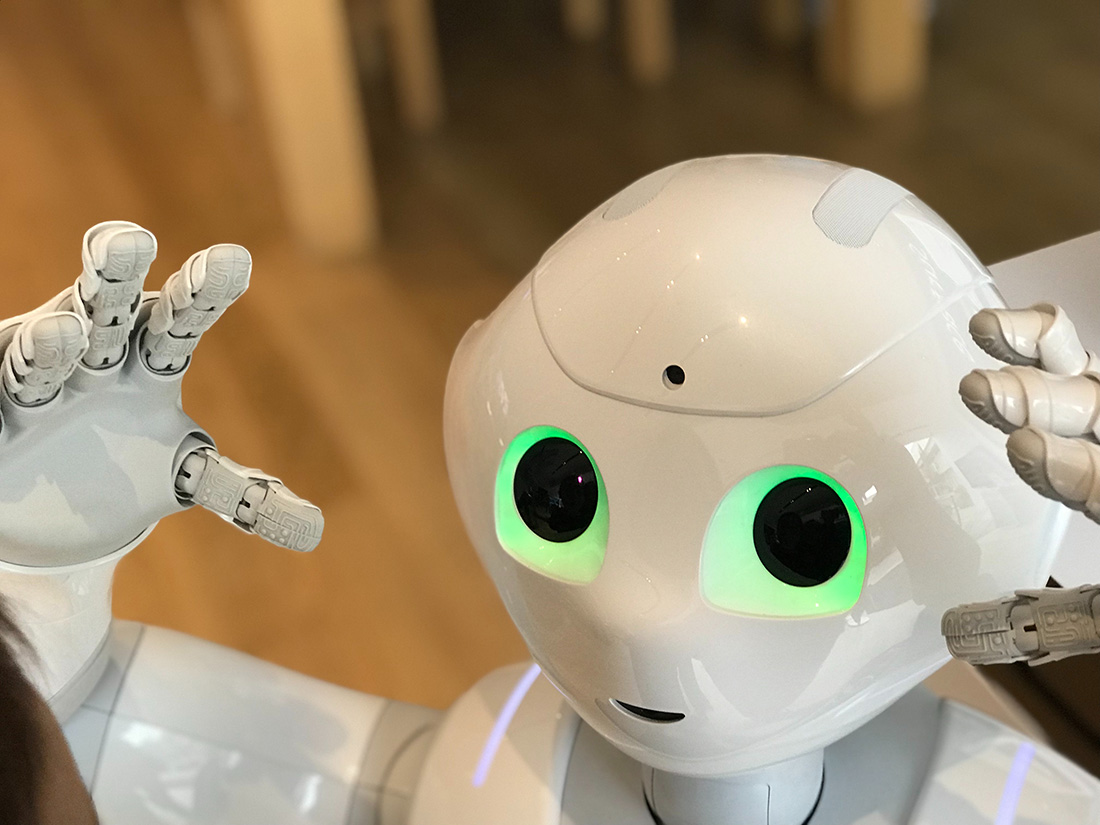Author:Octavia Threlfall
February 22, 2022
5 Processes that can be Automated with a Digital Workforce
What would you like to see automated?
4 min read

“Alexa, what meetings have I got today?” “Hey Google, remind me to call the boss at the 3pm.”
Welcome to the age of the digital assistant, Amazon’s Alexa or Google’s Home device can schedule meetings in your calendar, set reminders, even add items to your online shopping basket. This is a digital worker on a small, personal scale, and look how powerful it is! The list of duties this technology can perform to make your day-to-day life easier keeps on growing, from controlling your light switches, to setting your heating in advance.
So, thinking on a larger organisation-wide, or even world-wide scale, how else can these digital workers help our lives run smoother? Let’s talk about 5 processes that are being automated today.
-
Copying hand-written information: Having your workforce spend hours scanning, reading and processing reems of paper is not an efficient use of their clever human brains. Have a machine do those tasks and utilise your staff more effectively elsewhere. My colleague Michael Slattery talks about his personal experiences on this in a GAT Force Multiplier Podcast.
-
Compliance, Compliance, Compliance: Essential, yet time consuming. Two of the most important advantages of automating your compliance systems are: 1) Save your compliance team hours of testing, and re-testing. 2) Avoid human error. We all make mistakes, especially if the process is repetitive. Machines can be customised to be programmed to your organisations exact process, leaving no room for error.
-
Security: By robots! Or Robotic Automation Process (RPA). Ever called your bank and had to talk through a series of questions with a robot? Sometimes the robot can answer your question or solve your issue, other times they take you through security questions before putting you through to a real person. Either way, you’re talking to a robot. This robot is saving the call center workers time by answering FAQ’s or ensuring you are who you say you are when reaching a human. My bank even has voice recognition now! Improving security, and saving time for the customer and the worker? Yes please! Kevin Hamilton talks more about automating fraud detection in his blog, Fraud on a Sunday.
-
Self-driving Taxis: It’s happening! It may not be widespread, but in some states in the USA it is possible to be driven to your destination by a driver-less car. This digital worker might not be for everyone, but it shows the power of Artificial Intelligence. Imagine this technology in a smaller, less scary environment.
-
Hiring & Firing: Ok, maybe not firing. And maybe not the human side of HR. But employing a Digital Workforce in your HR department to complete the ‘boring’ tasks leaves more time for the humans to complete the human tasks. By boring tasks, I mean sourcing candidates with the skillset you need, previous employment validation for new candidates, onboarding, expense management, PTO requests, I could go on.
So, what’s next? Last year, Gartner forecasted the worldwide hyperautomation-enabling software market to reach nearly $600 Billion in 2022. Hyperautomation is automation on scale aiming to “rapidly identify, vet and automate as many business and IT processes as possible”, using a combination of technologies including RPA, AI and BI platforms. Gartner also predicts that by combining these hyperautomation technologies, organisations will cut operational costs by 30% by 2024.
Companies are investing in these tools in so many different areas and industries, but all for the same reason – to save time and money, and to increase efficiency and productivity. From invoicing, to webscraping, HR functions, and order processing – the possibilities are endless!
However, that is not to say a digital workforce should replace humans – no one wants that! The point is “that a team of human and machine is even better than either a human or computer alone.”
Get in touch to see how our team can help your organisation employ a Digital Workforce.
The opinions expressed in this blog are those of the individual authors and do not represent the opinions of BRG or its other employees and affiliates. The information provided in this blog is not intended to and does not render legal, accounting, tax, or other professional advice or services, and no client relationship is established with BRG by making any information available in this publication, or from you transmitting an email or other message to us. None of the information contained herein should be used as a substitute for consultation with competent advisors.
